Freight Shipping Expert – Everything You Need to Know about Shipping Freight in the USA to Australia – Learn all about freight shipping in the USA to Australia by using this easy to understand guide. Recognize shipping options (air, sea, LCL, FCL), the customs regulations and the terminologies, the documentation requirements as well as cost aspects. Find out step-by-step procedures such as selection of trustworthy freight forwarders, tariffs, taxes (GST) and biosecurity compliance. Learn how to avoid delays, perfect logistics, and simplify the delivery. As a shipper or business person, you can take advantage of this guide to make effective shipments to countries in the international market by defining the international freight shipment with its details of transit times, packaging requirements, and restricted commodities.
Introduction to USA-Australia Freight Shipping

Moving the goods within the United States to Australia has been a crucial move to the companies actively involved in foreign trade, especially in the context of shipping to australia . Trans-Pacific shipping linkage between these two major economies constitutes one of the world trade line that transports billions of dollars worth of trade each year. Being aware of the nuances of such shipping process will help businesses interested in extending their influence to the Australian market or preserving the trade relationships.
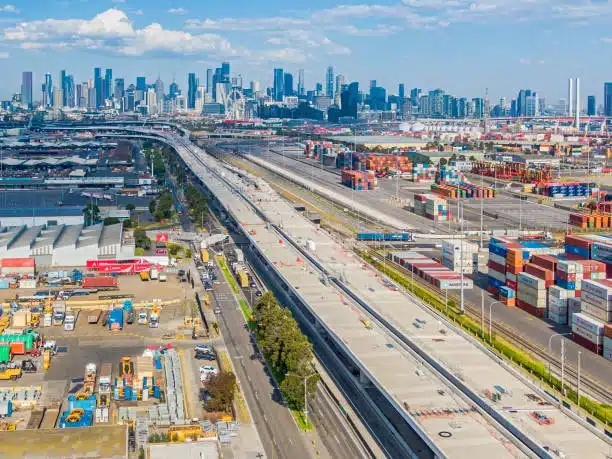
Transmission between the big docking stations in the US and the Australian location spreads around 7 to 9 thousand nautical miles thus making the shipment course a long-range shipping course that needs elaborated planning and facilitating. Shipping is affected by many factors and they include; weather pattern during different seasons, port blocks, customs procedures, shipping rates, and schedules of the carrier. To do it successfully, you need professional skill, and planning to be sure that your cargo will be delivered safely, timely, and within the budget.
Understanding Different Shipping Methods

Shipping freight in USA to Australia as a business provides a variety of transportation opportunity, particularly in the context of shipping freight to australia from usa . Ocean freight has been the most commonly used mode of transporting large volumes because it is economical and air freight is being used because they give increased speed at which they are transported. The methods have unique features that qualify them to fit in various kinds of consignment and business needs.

Shipping by ocean usually costs 14-25 days to reach its destination according to the route and the port of delivery, whereas air ships can make delivery within 3-7 days. Depending on the requirements that time and cost may provide, the usage of either of the methods might be a matter of compromise. Another possibility is the choice of the intermodal solution, which gives shippers the ability to combine transportation modes and, thereby, minimize the cost and shipping time of their particular needs.
Ocean Freight: The Most Popular Choice
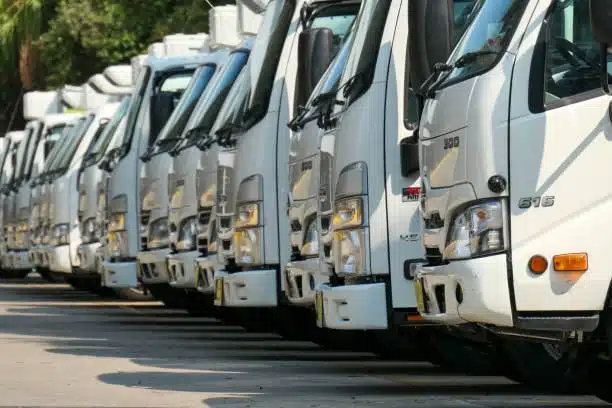
In the USA-Australia shipping lane, ocean freight controls nearly all the cargo; an estimated 95 percent of shipment that occurs between the two countries is done by the ocean freight. This mode of sea shipping applies large container ship vessels capable of carrying thousands of twenty-foot equivalent unit (TEUs), and hence it is very economical in bulk transportation and transportation of heavy goods. Key shipping companies on this trade are Maersk, MSC, COSCO and Hapag-Lloyd among others.

Container shipping has two main alternatives namely Full Container Load (FCL) and Less than Container Load (LCL). FCL is best suited when a full container, usually 20-foot or 40-foot containers, may be filled with a single shipment but LCL enables shipments that are too small to fill an entire container to occupy space in a container along with other cargo. Consolidation with LCL shipping services may increase 2-5 days of transit time but it offers great economies on smaller volumes of shipping that do not fill an entire container.
Air Freight: Speed and Efficiency

The air freight between the USA and Australia offers the quickest shipping service possible, and thus it is suitable when the main concern is time, value of the good, or perishability. The main airlines with cargo services to this route are Fed ex, U.S.Cargo, DHL, American Airlines Cargo, Qantas Freight, highlighting the choice between air and sea shipments . These airlines provide direct flights and connecting flights, the direct services usually existing between big US airports such as Los Angeles, San Francisco and Honolulu and Sydney, Melbourne and Brisbane.

There are various stages of handling in the process of air freight where the load is picked up, airport processing, custom records, transportation in the flight, airport processing in the destination airport and final delivery. As compared to ocean freight, air shipping is much costly; however, it is affordable when one takes factors like lower inventory holding costs, accelerated cash flow, ability to respond rapidly to market needs in Australia and so on.
Major Ports and Airports for Shipping
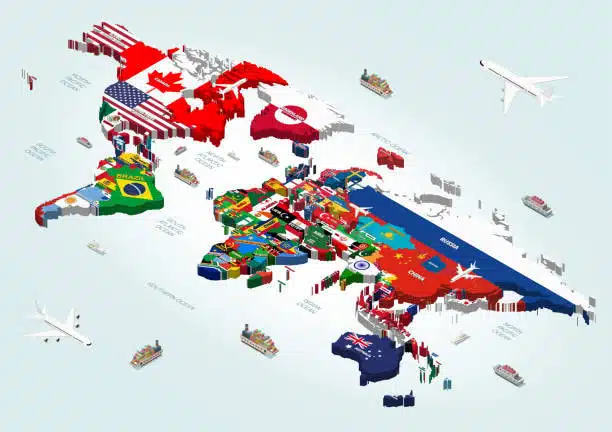
The shipping route connecting the USA and Australia is facilitated by a large number of major ports and airports which are the centers of international trade. On the US side the port of Los Angeles and Port of Long Beach constitute the largest Port complex along the Western Hemisphere and going by it processes most Trans-Pacific Cargo. The other major ports are Oakland, Seattle, and Tacoma, which have their benefits that are locality-based, services-oriented, and links to the inland transport systems.
Some Australian ports handling US cargo are the port of Melbourne, the port of Sydney, port of Brisbane, port of Adelaide and port of Fremantle in Perth. Ports possess unique facilities and capacity with the largest number of container movement being dealt with in Melbourne and Sydney. Learning the characteristics and the capability of these ports enables shippers to get an idea of routing and logistic planning of their own cargo needs.
Documentation Requirements and Customs Procedures

To allow international shipping between the USA and Australia to transit through customs of both the countries, its documentation will need to be extensive. Very necessary documents are commercial invoices, packing list, bills of lading, certificate of origin, and other permits depending on the merchandise being transported. The importance of proper documentation in getting goods beyond customs easily without penalties and delays cannot be underestimated.
The Australian customs authorities demand detailed information on goods imported, their classification to the Harmonized System (HS) code, values as well as their country of origin certificates. Some products will need extra permits, licenses or certifications especially in case of food stuffs, medicines, electrical goods and goods or products consisting of wood or vegetation. Experienced freight forwarders can take care of all documentation requirements to be achieved correctly and fully.
Shipping Costs and Pricing Factors
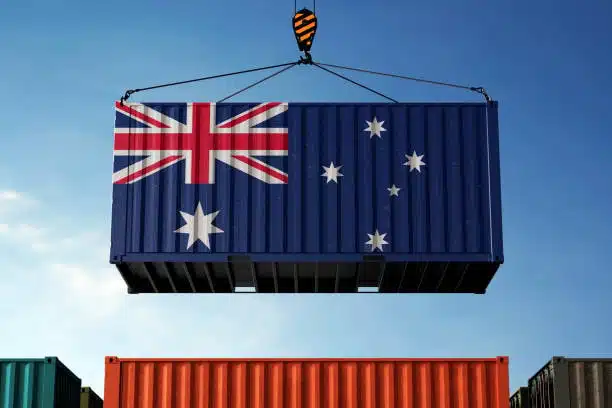
It is necessary to have an idea on the numerous aspects that can affect the charges necessary to make a shipping activity between the USA and Australia to the correct budgeting and pricing structures. The rates of ocean freights will generally be estimated on the basis of the container sizes and type, together with extra costs of various services and surcharges. Typical elements of costs are basic freight, fuel charges, port charges, document costs, customs fees, and carrier charges.
The price of air freight is normally based on the chargeable weight and the chargeable weight is the greater of the actual weight or the volumetric weight. Other costs can be the security charges, fuel premiums, handling and the custom brokerages. Seasonal conditions, cargo capacity and market demand are significant in prices given to ocean and air freight thus it is important to have up-to-date prices when planning shipment.
Transit Times and Delivery Schedules
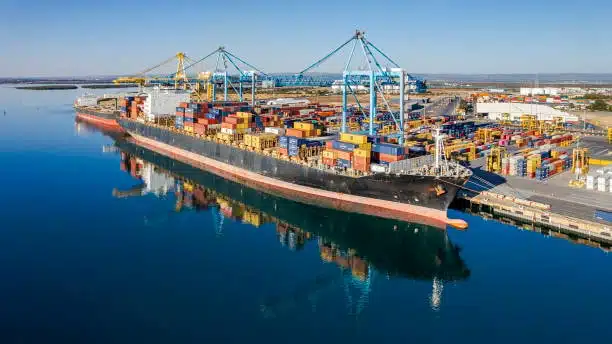
Shipment time depends a lot on the mode of transportation, the route it takes, and the season during which the ship setting sail out of the USA reaches Australia. It has been seen that ocean freight normally takes 14-25 days in terms of port-to-port delivery whereas inland transportation also requires some time, customs clearance also requires time and so does the final delivery. The shortest transit times are by direct ocean services, but services involving transshipment points, although longer, occasionally have more flexibility of schedule.
Air freight is much faster with a usual time of 3-7 days of door-to-door delivery. Nonetheless, this cost premium associated with this speed is high in comparison with that of ocean freight. Knowledge of such differences in timing allows the businesses to schedule their supply chain activities, inventory control, and customer service delivery promises in shipping their products to Australian markets.
Packaging and Container Requirements
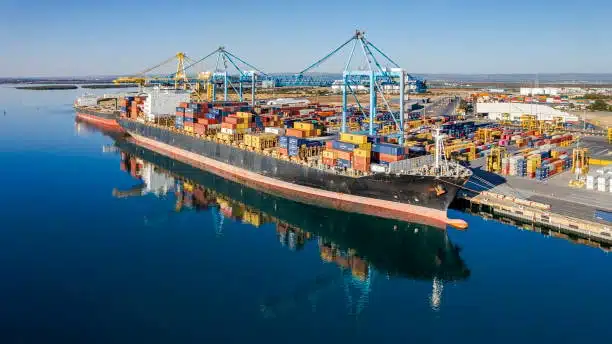
When it comes to international transportation, the proper packaging is one of the most important factors in offering protection to the cargo as it travels all the way to the destination in Australia since the USA is a long way away. Ocean freight deliveries should be able to resist a number of handling processes, weather, and unceasing movement of sea transport. The standard shipping containers are available in different lengths, whereby the 20-foot and 40-foot containers are mostly used to transport general cargo, and there are specialized containers that handle refrigerated goods, oversized products and dangerous materials.
Depending on the nature of the goods that have to be shipped, packaging requirements may vary, such as in the way of ensuring that the shipment is not subjected to moisture as well as impact shock as well as safe loading of the goods in the containers. The strict requirements of the Australian quarantine regarding the packaging materials, especially the ones that include the products made of wood, face the necessity to comply with the International Standards of phytosanitary measures (ISPM-15) about the treatment of the packaging material to avoid the introduction of the disease and the pest.
Insurance and Risk Management

International shipping insurance contains crucial cover in case of losses that may arise during imports of goods shipped out of the USA to Australia. Risks normally covered by marine cargo insurance are loss, damage, theft and other perils of sea. Trans-Pacific shipping is too distant and has too many handling points to exclude insurance coverage as a viable option in safeguarding the value of cargo transported in a varied environment.
They also offer different kinds of cover ranging between the basic cover that covers against major losses to cover against minor losses and several other types of risks. Knowledge of terminologies, requirements of insurance policies, such as the coverage limitations, deductions, and exclusions can assist the shippers to make informed decisions regarding insurable limits of their cargo, and risks that they are comfortable with.
Customs Clearance Process in Australia
Clearance of goods in Australia is very thorough and stringent; therefore, detail integrity is highly expected and adherence to all regulations is required. The Australian Border Force (ABF) manages customs, inspections on cargo, and makes use of advanced technology and risk-based management systems to facilitate the flow of imported goods in a timely manner, striving to ensure the security and regulatory compliance.
Customs entries are normally subject to clearance which involves electronic filing and payment of duties and taxes due and possible physical examination of cargo. The department of Agriculture, Water and the Environment can require goods to be quarantine examined, especially where they can be deemed as potentially risky to biosecurity. This can be done by getting to know the procedures and dealing in the competent customs brokers in order to accomplish smooth and timely clearance of the cargo.
Prohibited and Restricted Items
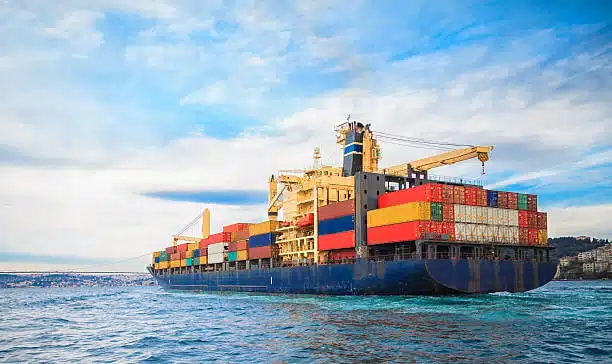
Australia has restricted rules on what you cannot bring into the country through overseas shipping and what you can bring as restricted goods and others issue special permission and procedures. Some of the foods, plants, animals, weaponry, and other risky materials are not allowed to be taken in. Object ruled out can also be carried with certain special conditions like, by taking permits, fulfilling quarantine conditions or safety standards.
Typical prohibited commodities are foodstuff, medicine, electronic goods, fabrics and goods that have organic components. Knowledge of these restrictions is essential in avoiding delays of shipments, a penalty or seizure of the cargo. To meet all the related restrictions and requirements, shippers are encouraged to discuss them with freight forwarders or customs brokers who have the knowledge about Australian import regulations.
Environmental and Sustainability Considerations

Environmental sustainability has not been less important in international shipping, what with the shipping organisations and companies using numerous programs to ensure there is some environmental mitigation of Trans-Pacific freight transport. Ocean is a more eco-friendly mode of shipping than air freight since it has a smaller carbon footprint relative to its cargo unit.
To cut down on the type of emissions and environmental impact a lot of shipping lines are spending on cleaner technology, more efficient vessels and alternative such as fuel. Furthermore, there is a unified shipping and optimized routing with the aim to maximise the effectiveness of cargo and reduce the negative impact on environment. The companies are taking these environmental issues more into consideration when making shipping choices as a way of fulfilling corporate sustainability practices.
Technology and Tracking Systems
Sophisticated technology networks can be used in freight shipping between the USA and Australia in cargo tracking, documentation control, and chain of supply monitoring. Electronic data interchange (EDI) electronic methods of information exchange enable shippers, carriers and customs authorities to exchange information fluidly, which reduces paper-based work and the period of the process whilst enhancing precision and effectiveness.
Real time tracking enables the shippers to track their cargo by providing the shippers information concerning the time of departure, transition and along the route and customs clearance and day or time they will get their goods delivered. With these technological capabilities, they are able to manage their inventory in a better way and communicate directly with their customers and also plan their supply chain at international shipping that will make the process more forthcoming and predictable to businesses that undertake USA Australia trade.
Choosing the Right Freight Forwarder
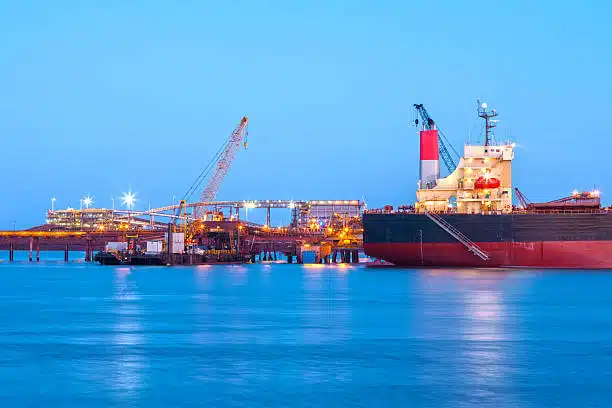
The choice of a qualified and trustworthy freight forwarder is essential to the effective shipping business between Australia and the USA. An excellent freight forwarder employs all round services such as rate negotiation, preparation of documents, customs clearance, track of cargo and solving problems. They are supposed to have put in place contacts with shipping companies, importation agents and other service providers within the two countries.
Freight companies will easily be compared on the basis of experience in handling USA-Australia connections, service potential, technological aspects, the quality of customer care and pricing rates. Reputable forwarding companies such as Shenzhen Guanwutong international freight forwarding co., Ltd. (GWT Worldwide) have the experience and worldwide connection required to smoothly carry out international shipping services and can offer the businesses with trusted logistic system and supply chain management functions us to Australia.
Seasonal Considerations and Peak Shipping Periods
The shipping prices between the USA and Australia also varies with seasons and one season is relatively less busy than the other, exposing the various aspects of shipping such as demand capability and appreciation of price. Container emergencies normally happen prior to major holidays and seasons during the year when people are most likely to buy or sell products in both countries, such as during Christmas holidays, back-to-school, and other cultural holidays shipping boxes.
The shipping schedules are also influenced by weather conditions especially the rounds or seasons of typhoons in the Pacific Ocean and other severe weather conditions that might affect the operations in ports delivery times. Learning such seasonality levels can guide companies to make shipping arrangements, inventory control and budget distributions to streamline their supply chains and mitigate high season interruption other paperwork.
Cost Optimization Strategies
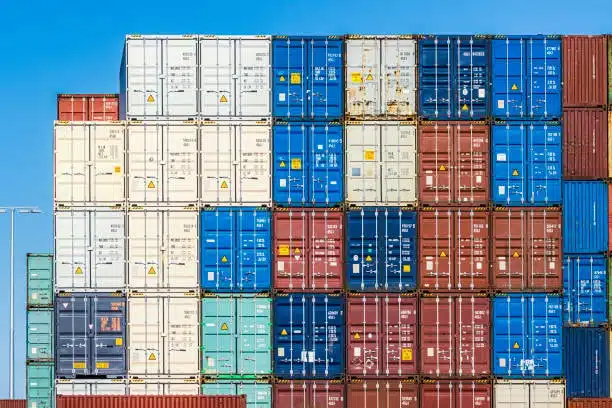
There are cost optimization strategies that can be used to ensure that shipping costs can be cut drastically with no effect on the quality of the service provided to the shipping movements in the USA to Australia. Consolidation services enable smaller shippers to group together their cargo with those of others and gain better rates and efficiencies in volumes. Rates and other terms may be stable and even favored when shipping is done long term with carriers or freight forwarders international shipment.
The other cost saving strategies entail putting the most efficient packaging in order to minimize package dimensional weight rates, selecting the right incoterms that suit the business capacity, intermodal transportation, and taking the advantage of the off-peak periods meaning getting lower rates cheapest way. Frequent review of shipping functions and expenses aid in the determination of the further over-economizing possibilities and guarantee the preservation of the competitiveness in the international market shipping from the us.
Common Challenges and Solutions
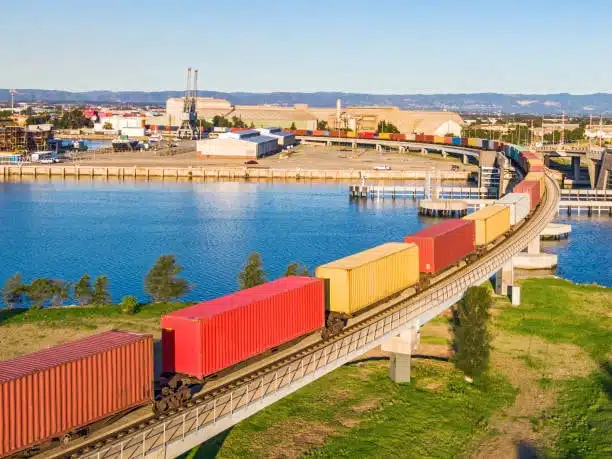
Moving freight USA to Australia has a number of challenges, which need to be addressed proactively and by effectively developing programs. Such problems are documentary mistakes, customs delay, lack of capacity when there are peak seasons, weather interruptions affordable shipping, and logging problems between different time zones. Knowing about these possible setbacks helps in preparing and eliminating the risks involved.
Among the effective solutions, it is possible to enlist cooperation with experienced logistics partners, having proper and complete documentation, introducing buffer time to shipping plans, creating contingency plans to disruption measures, and having clear communication measures with all parties involved in the shipping process. Constant analyses of performance and continued improvement programs can solve such problems and increase overall efficiency in shipping free trade agreement.
Regulatory Updates and Compliance
The rules of shipping and customs in the USA and Australia may fluctuate and vary at a regular period, which can influence the shipping procedure and papers and the legal standards to be followed. Some of the new developments are the increased security standards, renewed environment rules goods arrive, modified customs practices and new terms to be applied in the trade agreements that have an impact on duty levels and preferential treatment cheapest shipping.
To be kept abreast of the changes in regulations, it is necessary to continuously monitor the changes announced in the governmental sources, the journals of the industry, and the publication of the logistics service employees competitive rates. Experienced freight forwarders and customs brokers offer good experience in working through all these regulations and making sure that there is ongoing compliance with all the existing requirements shipping journey expand internationally
.
Future Trends in USA-Australia Shipping
Various technological, economic, as well as environmental trends are determining the future of freight shipping between the USA and Australia customs process. The documentation process is being digitalised and the supply chain being made more visible, whereas the automation technology is optimising the use of the ports and cargo handling. The issue of environmental sustainability is leading to investment in cleaner technology in transport and logistics and improved logistics commercial invoice.
The development in e-commerce is also generating a new pattern and need of shipping and the need to send smaller packages in smaller amounts on a more regular basis and with more speed options customs duties. Economic interpersonal relations of the USA and the Australia and the development of trade policy subsequently have an increasingly strong effect in relation to shipping volumes and routes. Being aware of such tendencies allows a company to be ready to handle future challenges and opportunities in the field of logistics in Trans-Pacific trade.
GWT Worldwide: Your Trusted Logistics Partner
Shenzhen Guanwutong International Freight Forwarding Co., Ltd. (GWT Worldwide) is an international freight forwarder and professional logistics service provider that provides global supply chain services, global freight forwarding, cross-border e-commerce logistics as well as supply chain solutions. Having vast experience in shipping routes between USA and Australia and a well established base in China as well as the rest of the world, GWT worldwide offers efficient, efficient and personalised logistic services to business organizations globally.
Our service offerings cover the whole range of air freight and sea freight services, China-Europe railway transportation, international express and courier, custom clearance and warehousing services western Australia, and Amazon FBA shipping and labeling services. Whether a small business person or an importer/exporter with large volumes to move, originating and ending with the importer /exporter, we meet your shipping-globally without delay, staying violational-free, in a safe, and fast manner tracking number.
Conclusion
Freight shipping between the USA and Australia is an exercise that needs the proper planning, documentations, and strategic choices so that the results can be fruitful customs officials. Ocean freighting services can be used as an alternative over air freighting services depending on some factors such as consideration of cost factors, time consumption and the nature of the cargo. Smooth transport activities can only be achieved with knowledge on how the customs procedure works, documentation required during shipping and regulatory requirements.
As GWT Worldwide is a company with many years of working experience in the sphere of logistics, its collaboration with this company grants access to expertise, developed networks and services that ease the shipping process and make it reliable and cost effective. The USA Australia freight shipping has proved successful due its ability to use industry knowledge, technological capabilities and strategic planning to thwart navigational challenges and optimize the supply chain performance Australian government.
